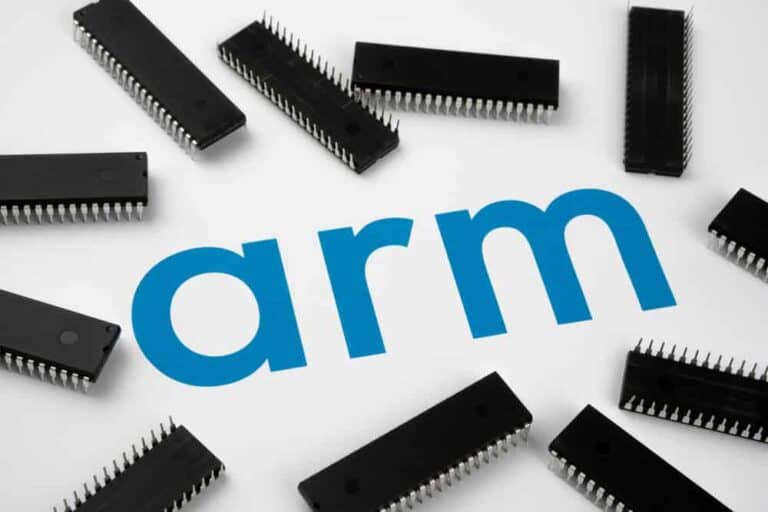The number of customers using Arm-based chips in data centers has grown to 70,000, a 14-fold increase since 2021. Under CEO Rene Haas, Arm is further expanding its business in the PC market and achieving significant gains in data center sales. Generative AI computing is a key driver behind this expansion.
Arm’s progress threatens the traditional dominance of Intel and AMD’s x86 architecture. This shift is particularly evident among cloud giants. Amazon has released multiple generations of its data center processors (CPUs) since 2018, including versions for artificial intelligence. The company added millions of Arm chips to its cloud computing platform.
Customers often rent Arm chips through cloud computing services such as AWS. This approach facilitates adoption for companies that wish to experiment with the technology without incurring large upfront investments.
Success in the chip industry depends heavily on the size of the developer community. Arm reports that the number of applications running on Arm machines has doubled to 9 million since 2021. The number of developers working with Arm’s computing architecture increased 1.5 times to 22 million.
AI boom drives adoption
Arm is benefiting from the boom in generative artificial intelligence. The company reports that a significant portion of data center growth is coming from AI applications. The startup sector is showing particular interest: the number of startups using Arm chips has increased twelvefold since 2021.
The timing of Arm’s success is striking. While the chip industry is facing short-term challenges, such as sluggish sales in the PC and mobile markets, the AI data center sector continues to flourish. This explains why Arm has shifted its focus to this lucrative market.
Energy efficiency as a competitive advantage
Arm chips are known for their combination of high performance and low energy consumption. This feature enabled them to dominate the global smartphone market. Now, these advantages are being adapted for data center processors, which typically consume much more energy than mobile chips.
In the past, the data center market was a challenge for Arm. Change came with the activities of Amazon, Google, and Microsoft. They developed their own Arm chips for their extensive infrastructure, accelerating adoption.
